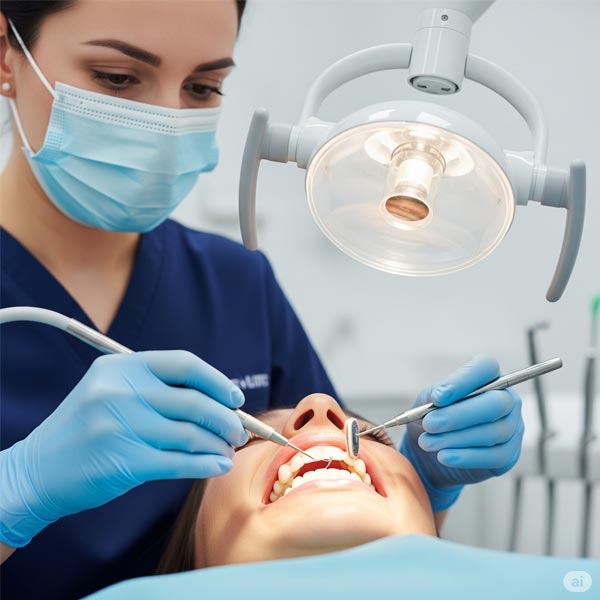What is dental prophylaxis?
Dental prophylaxis involves looking after the teeth with regular checkups and correct oral hygiene. Regular teeth cleaning and checkups are crucial in preventing dental disease and oral health issues.
The CDCTrusted Source recommends people see a dentist at least once a year to maintain good oral health.
During the appointment, the dentist may:
- check and clean the teeth
- remove any plaque
- polish the teeth
- carry out scans or X-rays of the mouth to check for cavities or other problems
Dental erosion
Teeth feature a protective coating known as enamel. Over time, various chemicals and substances from food and drink can wear it down.
This is known as enamel erosion, which can lead to:
- Pain and Sensitivity
- Loss of tooth surface
- Decay
- Dry mouth
- Bad breath
Gum disease
Gum disease, or periodontal disease, occurs when bacteria in the mouth cause an infection in the tissue around the teeth. This buildup of bacteria can form a hard substance that dentists call tartar. This makes the teeth even harder to clean, worsening gum disease.
- Loose teeth
- Sensitive teeth
- Bad breath
A dentist will usually remove the plaque during a prophylaxis appointment. This makes the teeth easier to keep clean daily and helps avoid gum disease.
Understanding the procedure
During a dental prophylaxis appointment, the dentist may:
- Examine the person’s mouth and teeth for signs of dental erosion
- Use X-rays to discover potential oral health problems, such as cavities, that are not visible to the naked eye
- Remove plaque buildup
- Check the tongue, jaw, and neck for signs of mouth cancer
Ongoing dental care
Sometimes, people will need to speak with a dentist outside of their regular checkups. Individuals can consider making an appointment if:
- Their teeth are sensitive to hot or cold
- Their gums bleed during brushing or flossing
- Their gums look puffy
- They have persistent bad breath
- They are pregnant
- They have pain or swelling in the mouth, face, or neck
- They have a spot or sore in the mouth that does not go away
Preventing future dental issues
- Normalize brushing toothpaste twice a day
- Flossing between the teeth once a day to remove plaque
- Avoiding the use of tobacco products
- Limiting alcoholic drinks
- Visiting the dentist at least once a year



